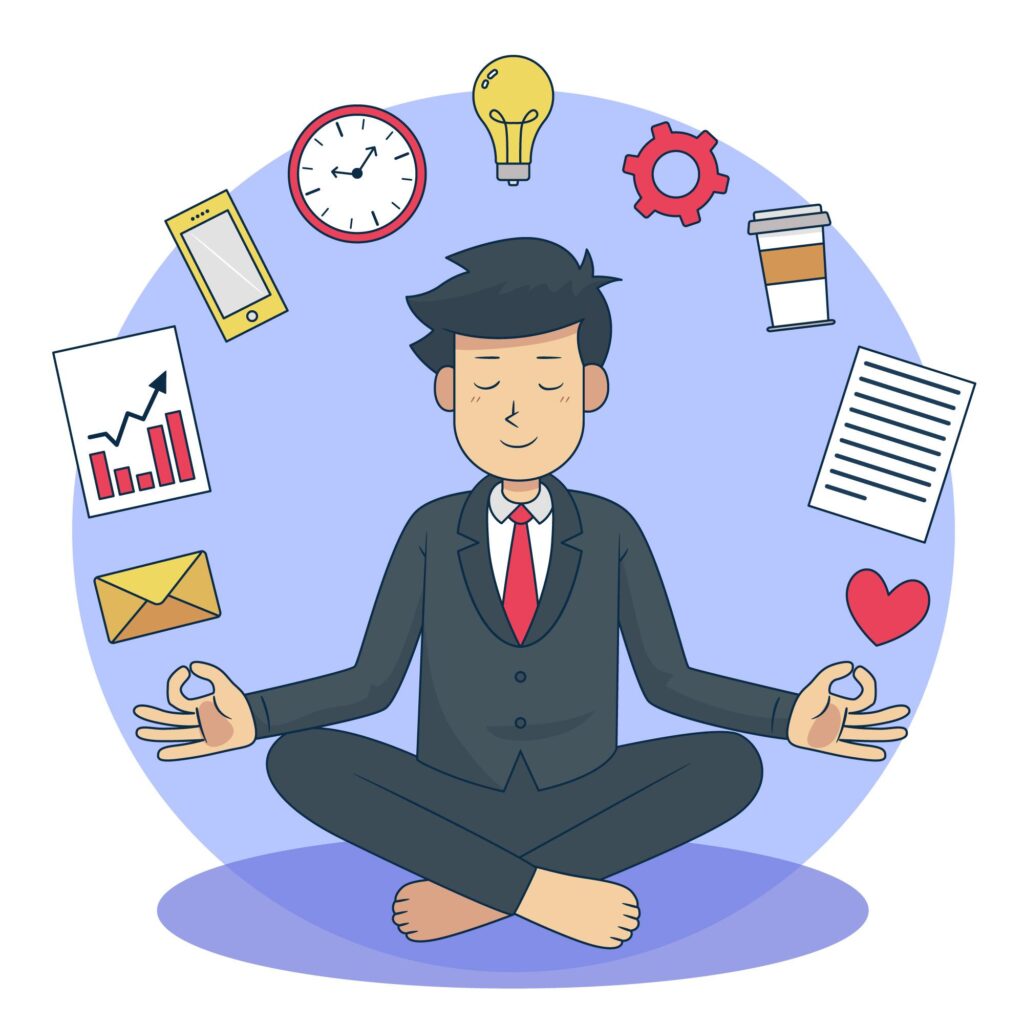Table of Contents
Introduction
In today’s fast-paced and demanding world, achieving a healthy work-life balance has become increasingly important. The concept of occupational wellness centers around finding harmony between work and personal life. It involves managing occupational stressors, prioritizing self-care, and creating a fulfilling and sustainable work environment. In this article, we will explore the various aspects of occupational wellness and provide valuable insights on how to cultivate it in your life.

What is Occupational Wellness?
Occupational wellness refers to the state of overall well-being achieved by effectively balancing work-related responsibilities with personal life commitments. It encompasses finding satisfaction and fulfillment in your chosen occupation while also nurturing other aspects of your life, such as relationships, hobbies, and personal growth.
Identifying Occupational Stressors
To achieve occupational wellness, it is crucial to identify the common stressors that can impact your well-being. These stressors can vary from heavy workloads and tight deadlines to challenging relationships with colleagues or superiors. By recognizing these stressors, you can proactively address them and implement strategies to reduce their negative impact.
Strategies for Achieving Occupational Wellness
Setting Clear Work Boundaries
One essential aspect of achieving occupational wellness is setting clear boundaries between work and personal life. It involves establishing specific work hours and dedicating time for personal activities, relaxation, and self-care. By creating a distinct separation between work and personal time, you can reduce stress and foster a healthier work-life balance.

Time Management and Prioritization
Effective time management and prioritization play a significant role in occupational wellness. By organizing your tasks and allocating time based on their importance and urgency, you can optimize productivity and reduce stress levels. Prioritizing tasks also allows you to focus on what truly matters, enabling you to achieve a sense of accomplishment and fulfillment.
Developing Healthy Coping Mechanisms
Workplace stress is inevitable, but developing healthy coping mechanisms can help manage and mitigate its impact. Engaging in stress-reducing activities such as mindfulness, meditation, or relaxation exercises can promote a sense of calm and improve mental well-being. It is essential to find what works best for you and incorporate these practices into your daily routine.
Building Positive Relationships at Work
Positive relationships with colleagues and superiors contribute significantly to occupational wellness. Cultivating supportive connections and effective communication at the workplace can enhance job satisfaction and reduce stress. Building relationships based on trust and respect creates a positive work environment, fostering collaboration and mutual growth.

Pursuing Personal Growth and Development
Investing in personal growth and development is a vital aspect of occupational wellness. Continuously updating your skills, staying informed about industry trends, and seeking new learning opportunities can enhance job satisfaction and provide a sense of purpose. Setting career goals and working towards them can also contribute to long-term professional fulfillment.
Maintaining Physical Well-being
Physical well-being is closely linked to it. Engaging in regular physical activity, practicing good posture, and taking breaks throughout the workday can prevent work-related injuries and reduce stress levels. Prioritizing your physical health enables you to perform optimally and maintain overall well-being.
Balancing Work and Personal Life
Finding a balance between work and personal life is essential for occupational wellness. It involves managing time effectively, being present and engaged during personal activities, and knowing when to disconnect from work. Taking regular breaks, scheduling vacations, and nurturing personal relationships contribute to a healthier work-life balance.
The Impact of Occupational Wellness on Overall Well-being
Occupational wellness has a profound impact on overall well-being. When individuals achieve a healthy work-life balance, they experience reduced stress levels, increased job satisfaction, improved mental and physical health, and enhanced relationships. By prioritizing occupational wellness, individuals can lead more fulfilling and satisfying lives.

Conclusion
In today’s fast-paced world, achieving occupational wellness is crucial for maintaining a healthy work-life balance. By recognizing and addressing occupational stressors, implementing effective strategies for time management, fostering positive relationships, and prioritizing personal well-being, individuals can attain a state of overall wellness. Remember to find what works best for you and create a lifestyle that nurtures both your professional and personal aspirations.
FAQs
Q. What are some signs of occupational burnout? A. Signs of occupational burnout include chronic fatigue, reduced motivation, feelings of cynicism or detachment towards work, and decreased productivity.
Q. How can I manage work-related stress effectively? A. Managing work-related stress involves implementing stress-reducing techniques such as mindfulness exercises, practicing effective time management, seeking support from colleagues or professionals, and maintaining a healthy work-life balance.
Q. Is it possible to achieve a work-life balance in a demanding job? A. Yes, achieving a work-life balance is possible in demanding jobs. It requires setting boundaries, prioritizing self-care, and effectively managing time and tasks.
Q. Can occupational wellness improve job satisfaction? A. Yes, occupational wellness positively impacts job satisfaction. By fostering a healthier work environment, managing stress, and pursuing personal growth, individuals experience increased satisfaction in their jobs.
Q. What are some resources or tools that can help with occupational wellness? A. Some resources and tools that can aid in achieving occupational wellness include time management apps, meditation and mindfulness apps, professional development courses, and workplace wellness programs.

